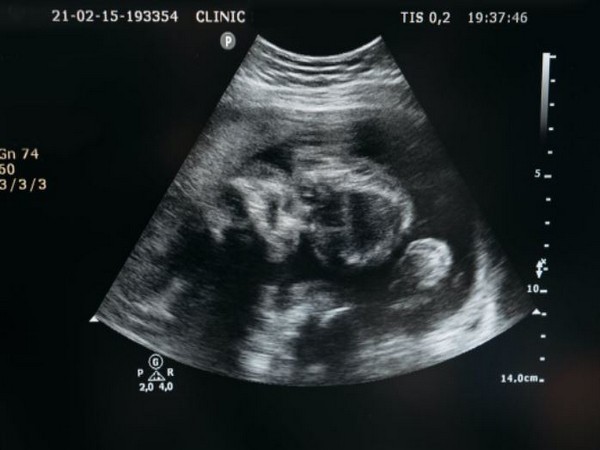

According to a new study, shoulder dystocia is alleviated by the fact that human shoulders slow down right before birth and then speed up afterwards.
The researchers employed computed tomography to create cross-sectional reconstructions of the clavicle in humans, chimps, and Japanese macaques, and then looked at distinct shoulder-width to birth-risk connections in humans and the other primates.
The findings of the research were published in the journal ‘Proceedings of the National Academy of Sciences’.
Why do human mothers have a much harder time giving birth compared to our evolutionary cousins, the chimpanzees and macaques?
The differences are a big head and wide shoulders. But it has made all the difference for safer births.
“The question is actually two-fold, ” says study author Naoki Morimoto of Kyoto University. “What also makes childbirth difficult for women is the relatively narrow pelvis.”
Morimoto’s team discovered two central aspects of the female human skeletal anatomy that deserve attention when discussing the evolution of childbirth.
The first comes with its own set of points: initially, the growth of human shoulders slows down just before birth and speeds up thereafter; next, this phenomenon alleviates the problem of shoulder dystocia, where the shoulders interfere with the safe passage of the fetus through the birth canal.
“It is important to note that the second point reconciles the incompatibility of wide shoulders with the narrow birth canal. The shoulders show an ‘intelligent’ modification in fetal development,” notes lead author PhD candidate Mikaze Kawada.
What makes a human skeletal makeup ‘human’ in terms of the head and shoulders is size proportionality to the pelvis. Our largely developed brains have resulted in large heads, and our wide shoulders explain bipedal stability and an ability to throw objects far.
On the other hand, the need to make walking more efficient reduced the size of the pelvis as our ancestors treaded farther and more frequently.
Morimoto and his team used computed tomography to obtain cross-sectional representations of the clavicle in humans, chimpanzees, and Japanese macaques from fetal to adult samples.
The team then looked at different shoulder-width to birth-risk correlations between humans and the two other primates. Chimpanzees have proportionally large shoulders and yet, like macaques, fewer shoulder-related birth complications. Since chimpanzees move about less frequently on two feet, their pelvis — and therefore their birth canal — is larger than that of their human counterparts.
“We surmise that the wide shoulders, relative to the pelvis of our ancestors, emerged simultaneously with the narrower pelvis as we became fully bipedal,” says Morimoto, “but before the brain evolved to today’s size.”
Morimoto concludes, “This study motivates us to further examine the extent to which obstetric and metabolic constraints in our ancestors have influenced human ontogeny in relation to evolutionary adaptations.”